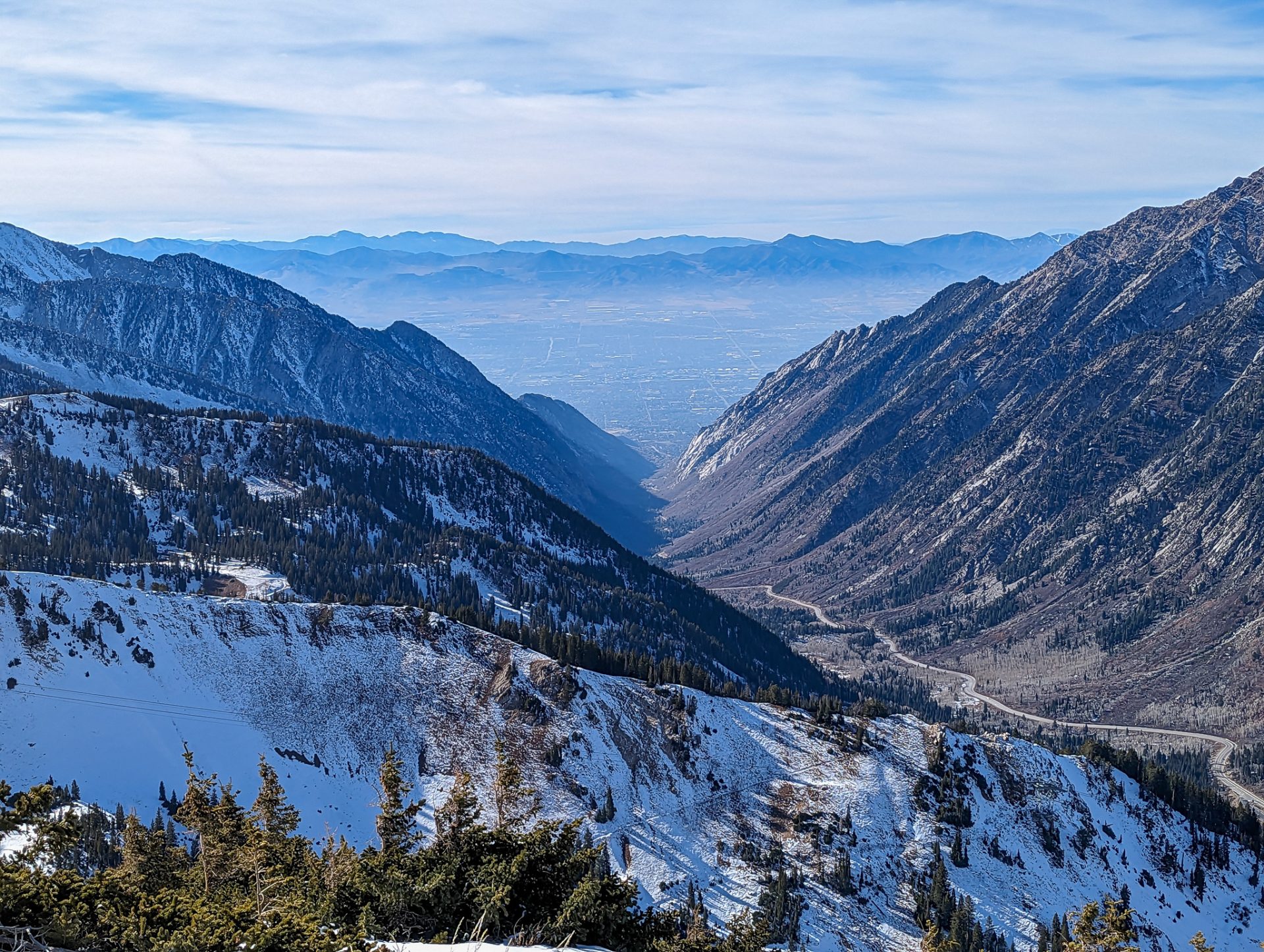The Supreme Court Changed the National Environmental Protection Act. Here’s What It Means
June 17, 2025

The United States Supreme Court recently issued a ruling in Seven County County Infrastructure Coalition vs. Eagle County, which drastically changes how the highest court in the land views the National Environmental Protection Act, or NEPA. These changes could have profound implications for anyone who uses public lands, whether for recreating or for business, including the ski industry. The case, argued before the court in December 2024, centered on the U.S. Surface Transportation Board’s approval of a new railroad to transport crude oil from the Uinta Basin, Utah, to refineries and ports. Eagle County in Colorado challenged approval of the rail line on the basis that the environmental impact statement did not sufficiently consider the upstream and downstream effects of more crude oil production on the environment.
The allegation that the 3,600 page environmental impact statement did not sufficiently consider impacts from more crude oil production is a classic NEPA-based legal challenge. Whenever the federal government has to make a decision about something, be it the U.S. Surface Transportation Board approving a new rail line or the U.S. Forest Service approving a ski area expansion project, the government first has to study any potential impacts the project, and a range of alternatives, will have on the environment, along with allowing the public to comment on the project. It is important to note that NEPA does not require the federal government to choose any specific alternative or minimize any impact to the environment, the impacts merely have to be studied and considered in the environmental impact statement.
A typical NEPA lawsuit challenges the decision on a project on the basis that the environmental impact statement missed something. Perhaps there is some endangered species an environmental group has been monitoring in the project area that the government was not aware of or perhaps the government used outdated methods to study potential changes to water quality. If a court rules that the environmental impact statement is indeed deficient, the decision will be unwound, and the government will have to fix the environmental impact statement and usually allow the public to comment on the project again. NEPA lawsuits cannot overturn bad decisions made on good information.

The Supreme Court’s majority opinion, authored by Justice Brett Kavanaugh, found that the environmental impact statement for the railroad did not have to consider far upstream or downstream effects of increased crude oil production and said that NEPA “is purely procedural.” Kavanaugh offered criticism of the way NEPA has been used in the past, saying courts “have slowed down or blocked many projects and, in turn, caused litigation-averse agencies to take ever more time and to prepare even longer EISs for future projects.” The opinion in this case sets a new legal precedent that significantly narrows the scope of environmental review, according to Amy Howe of SCOTUS Blog. By narrowing the scope of impacts to the environment, it appears the Supreme Court is attempting to try and streamline the NEPA process.
The implications of this Supreme Court decision are widespread, reaching all the way to Little Cottonwood Canyon, Utah, which has hosted an intense NEPA fight over a proposed 8-mile-long gondola connecting Salt Lake City to Alta and Snowbird. The environmental impact statement for the project ran to some 3,800 pages and incorporated more than 50,000 public comments, the vast majority of which were against the gondola alternative. The Utah Department of Transportation, or UDOT, is being sued by Friends of Alta, Salt Lake City, and Save Our Canyons over a wide range of deficiencies in the environmental impact statement, including failing to adequately consider impacts to Golden Eagles and other sensitive species thought to reside in the canyon, as well as not fully considering how gondola construction might disturb superfund sites created by historic lead smelting sites located in the canyon.

Given that many of the legal challenges to the Little Cottonwood Canyon Gondola project are based on direct impacts of constructing a gondola and not far upstream or downstream impacts, it is unlikely that the Supreme Court decision could affect those cases. When NEPA was passed in 1970, it tried to promote better governance by forcing federal agencies to study impacts to the environment and allow for more public participation in decision making. Adam Unikowsky, a partner at Jenner & Block and author of the substack Adam’s Legal Newsletter, pointed out the absurdity that the 3,600 page environmental impact statement in the Supreme Court case is not enough analysis. At 3,800 pages, it seems the environmental impact statement for the Little Cottonwood Canyon Gondola project might suffer from the same absurdity. Unikowsky’s article on the Eagle County case said:
“Look at the Eagle County EIS. Although some people might be interested in particular aspects of this document, approximately no one will read it from cover to cover. A document no one will read shouldn’t be written. There’s no way the agency decision-makers will read this entire document. They’ll read a five-page executive summary.”
Though the decision in the Eagle County case could lead to shorter environmental impact statements by lifting some of the potential for litigation from agencies preparing such statements, it fails to address an even bigger problem with the current NEPA process.
When UDOT issued a decision on the Little Cottonwood Canyon Gondola project, its decision clashed with the views of a majority of the more than 50,000 public comments on the project. The Executive Director of UDOT, Carlos Braceras, was appointed by the Governor, as were all the members of the Utah Transportation Commission. The decision makers at UDOT, responsible for reviewing the environmental impact statement and the public comments on the project, do not have to face voters for unpopular decisions—ever. At the Forest Service, decisions on NEPA projects come down to the Forest Supervisor or a District Ranger. Neither of these positions are elected, either, and are usually filled from within the Forest Service. Though one of the goals of NEPA is to encourage more public participation in decision making, it would appear that there are no legal requirements or political consequences for decision makers that ignore input from the public.
Ski industry development projects are often affected by NEPA. From chairlift upgrades and terrain expansions to lodge construction and transportation, the recent Supreme Court decision in Seven County County Infrastructure Coalition vs. Eagle County could cut down on lengthy environmental review processes, speeding up development. At the same time, the new precedent from the highest court in the land could also lead to hasty decision making that ignores potentially avoidable environmental impacts and cuts out an already severely limited chance for public input on projects. Whether you view NEPA as a roadblock or a protection, the Supreme Court’s reduction of the scope of NEPA puts more responsibility for environmental conservation in the hands of developers and limits the use of an important tool of environmental groups.
More from Zach Armstrong:
- Why is the Return of Rob Katz to Vail Resorts as CEO Such a Big Deal?
- The Idaho Supreme Court Could Change Ski Area Liability Law All Over Again
- Forest Service Budget Challenges Threaten Avalanche Center Operations Nationwide
- The Battle Over The Future Of Palisades Tahoe
- How Eldora, CO, Ski Patrollers Finally Got Their Union
Search
RECENT PRESS RELEASES
Related Post




